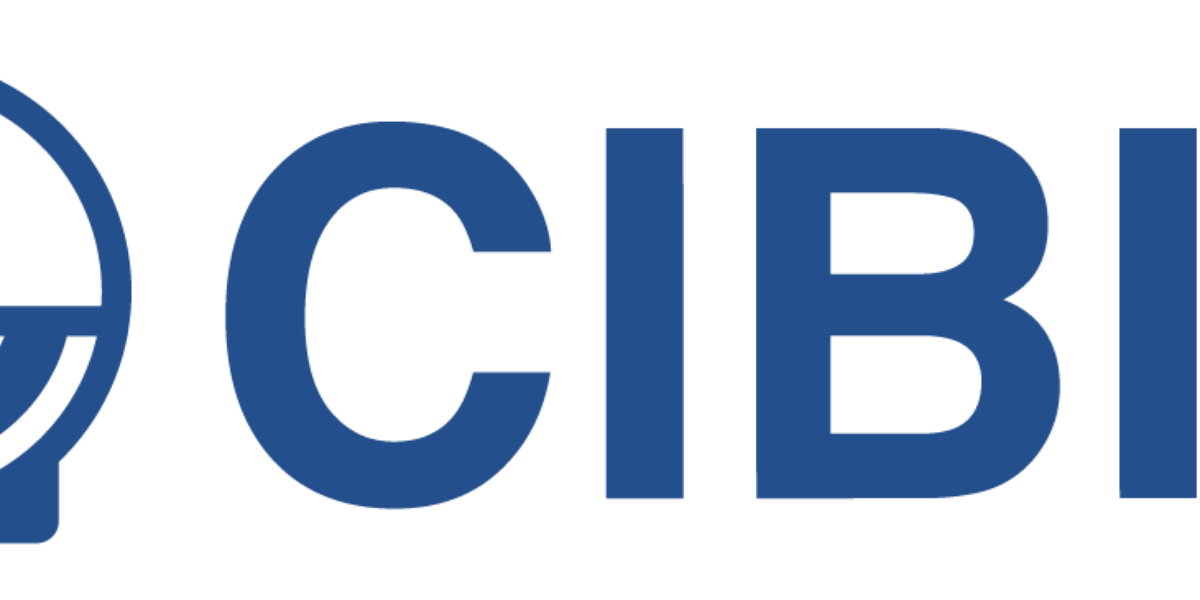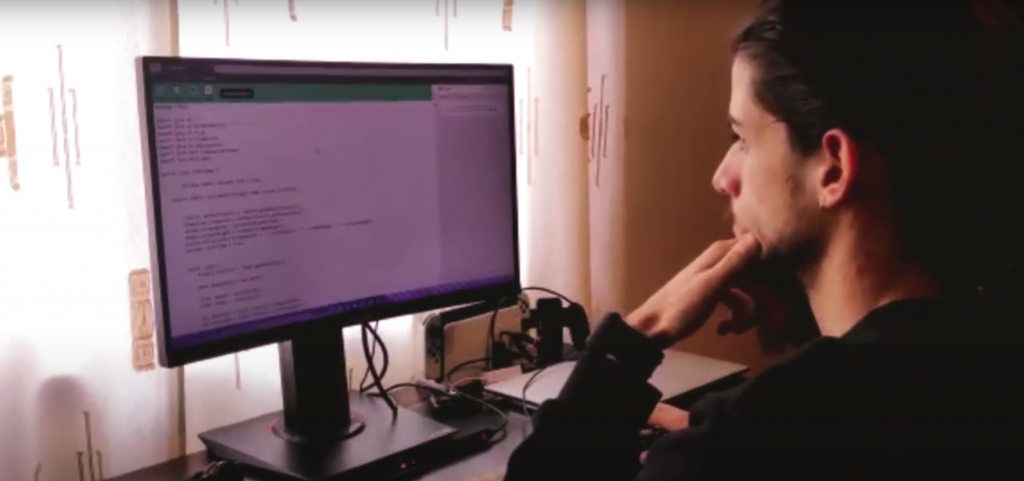Project Synopsis
Neural networks
Research the neural network associated to human error making and error discovery during software inspection activities, using functional magnetic resonance imaging (fRMI) and electroencephalography (EEG), to understand the mental conditions that lead to a bug and reveal the neural patterns associated to the “eureka moment” of finding a bug.
Physiological response
Establish correlation models between the neuronal activation patterns associated to bug scenarios and the physiological response of programmers that can be monitored by currently available smart watches and similar wearable devices equipped with sensors for HRV (heart rate variability), PPG (photoplethysmography), EDA (electrodermal activity) to monitor physiologic reaction to emotional and cognitive stress and concentration states (e.g., variations in the heart rate, breathing rhythm, secretion increasing by the sweat glands, etc.), considering also stress/concentration related behavioural information that can be inferred from the typical programming environment, such as mouse and keyboard activity, eye movement, and facial expression. Very preliminary experiment results recently published have shown promising possibilities to establish such correlation models.
Validation
Define and validate the new biofeedback augmented software development environment that uses the correlation models derived from the fRMI and EEG experiments (step 1) to enhance the accuracy and precision of the information gathered from the wearable devices (step 2) that reflects emotional and cognitive states of the programmer (stress, attention, mental effort level, etc.), and to link such information on the programmer’s emotional and cognitive state to specific lines of the code, allowing the identification of program areas with higher risk of having software bug.
Expected Features
Online warning of the programmer (during code development) by highlighting the lines of code that may exhibit high error probability and need attention or a second look from the programmer.
Guide the testing effort (after programming) by taking into account the individual information gathered from each programmer that has participated in the code development and use such information together with software complexity metrics to focus the testing effort on the code areas that have higher bug probability.
Improve current models of bug density estimation and software risk analysis, which are essential for high quality software applications (not only for the critical ones), through the use of additional information on programmer’s emotional and cognitive states, in addition to the traditional information used by current models based on complexity metrics and test coverage.
Create individual profiles for the programmers that will help define adequate training needs for each programmer, based on the information trail generated by the wearable devices associated to programmers and the productivity/quality metrics obtained from the code.
Project News
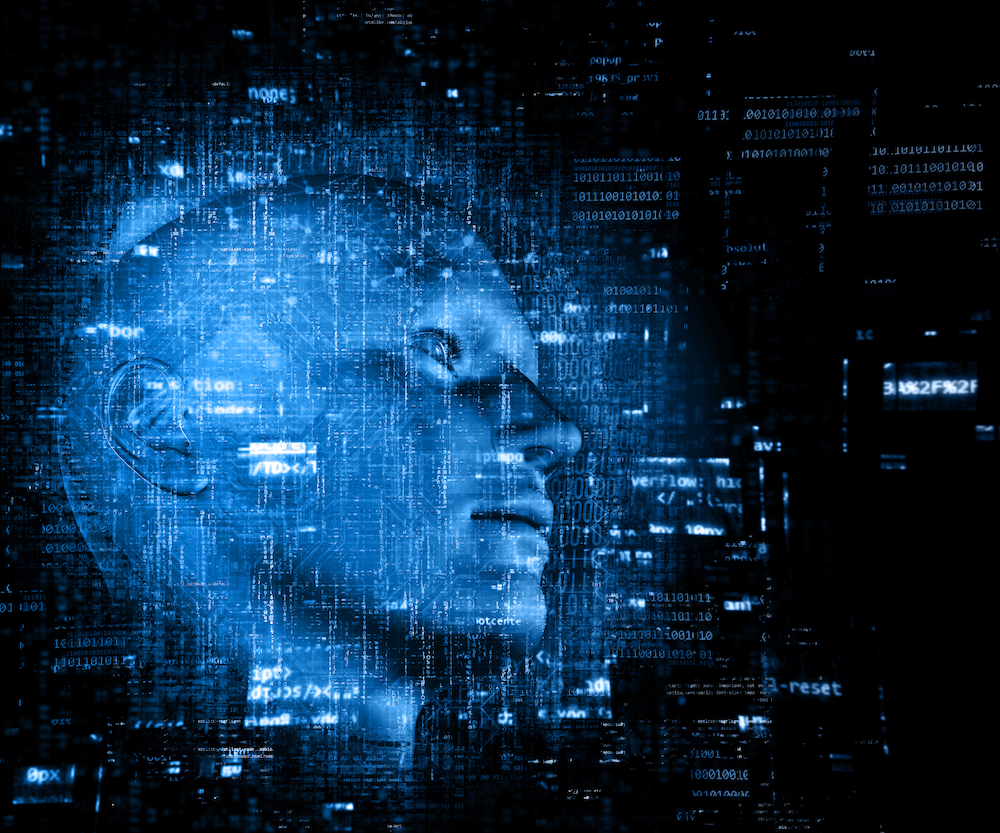
BASE Workshop - 22 January 2021
BASE workshop will be held on the 22nd of January 2021 with all the partners.
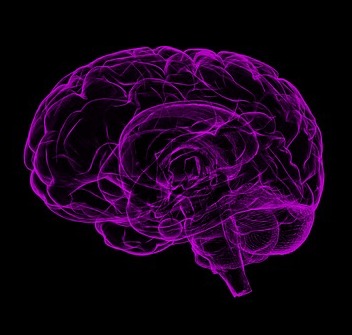
BASE- Study 1: Call for volunteers
BASE project is seeking volunteers for its next experiment.

Kick-off meeting
BASE project kick-off meeting was held in the Department of Informatics Engineering - FCTUC, on the 7th of September 2018.
Our Publications
- Conferences (1/3)
- Conferences (2/3)
- Conferences (3/3)
- Journals (1/3)
- Journals (2/3)
- Journals (3/3)
- Patents
Biofeedback augmented software engineering: accurate monitoring of programmers’ mental effort
Ricardo Couceiro, Gonçalo Duarte, João Durães, João Castelhano, Catarina Duarte, Cesar Teixeira, Miguel Castelo Branco, Paulo Carvalho and Henrique Madeira
Pupillography as predictor of programmers’ mental effort and cognitive overload
Ricardo Couceiro, Gonçalo Duarte, Benjamim Manhanga, Joao Duraes, João Castelhano, Catarina Duarte, César Teixeira, Miguel Castelo Branco, Paulo de Carvalho, Henrique Madeira
Software Code Complexity Assessment Using EEG Features
Julio Medeiros, Ricardo Couceiro, João Castelhano, Miguel Castelo-Branco, Gonçalo Duarte, Catarina Duarte, João Durães, Henrique Madeira, Paulo Carvalho, César Teixeira
Spotting problematic code lines using nonintrusive programmers’ biofeedback
R Couceiro, R Barbosa, J Durães, G Duarte, J Castelhano, C Duarte, C Teixeira, N Laranjeiro, J Medeiros, M Castelo Branco, P Carvalho, H Madeira
EEG monitoring during software development
Calcagno, A., Coelli, S., Couceiro, R., Durães, J., Amendola, C., Pirovano, I., Re, R. and Bianchi, A.M.
Intelligent Biofeedback Comprehension Assessment: Theory, Research, and Tools
Haytham Hijazi; Ricardo Couceiro; João Castelhano; José Cruz; Miguel Castelo-Branco; Paulo de Carvalho; Henrique Madeira
A Quick Review on Machine Learning Techniques in Code Comprehension and Code Review Estimated by Neurophysiological Data
Haytham Hijazi; Ricardo Couceiro; João Castelhano; Miguel Castelo-Branco; Paulo de Carvalho; Henrique Madeira
Impact of Ultra-short-term HRV Features in Software Code Sections Complexity Classification
André Bernardes; Ricardo Couceiro; Júlio Medeiros; Jorge Henriques; César Teixeira; João Durães; Henrique Madeira; Paulo Carvalho
Spotting Problematic Code Lines using Nonintrusive Programmers' Biofeedback
Ricardo Couceiro; Raul Barbosa; Joáo Duráes; Gonçalo Duarte; Joáo Castelhano; Catarina Duarte; Cesar Teixeira; Nuno Laranjeiro; Júlio Medeiros; Paulo Carvalho; Miguel Castelo Branco; Henrique Madeira
iReview: an Intelligent Code Review Evaluation Tool using Biofeedback
Haytham Hijazi; José Cruz; João Castelhano; Ricardo Couceiro; Miguel Castelo-Branco; Paulo de Carvalho; Henrique Madeira
Brain Activations during Programming Tasks: TD-NIRS and EEG Study
Caterina Amendola, Alessandra Calcagno, Rebecca Re, Ileana Pirovano, Davide Contini, Lorenzo Spinelli, Ricardo Couceiro, João Durães, Raul Barbosa, Paulo de Carvalho, Henrique Madeira, Anna Maria Bianchi, and Alessandro Torricelli
Software Bug Detection Causes a Shift From Bottom-Up to Top-Down Effective Connectivity Involving the Insula Within the Error-Monitoring Network
Castelhano Joao, Duarte Isabel C., Couceiro Ricardo, Medeiros Julio, Duraes Joao, Afonso Sónia, Madeira Henrique, Castelo-Branco Miguel
The role of the insula in intuitive expert bug detection in computer code: an fMRI study
Joao Castelhano, Isabel C. Duarte, Carlos Ferreira, Joao Durães, Henrique Madeira and Miguel Castelo-Branco
Intelligent Biofeedback Augmented Content Comprehension (TellBack)
Haytham Hijazi, Ricardo Couceiro, João Castelhano, Paulo Carvalho, Miguel Castelo-Branco, Henrique Madeira
Can EEG Be Adopted as a Neuroscience Reference for Assessing Software Programmers’ Cognitive Load?
Júlio Medeiros, Ricardo Couceiro, Gonçalo Duarte, João Durães, João Castelhano, Catarina Duarte, Miguel Castelo-Branco, Henrique Madeira, Paulo Carvalho, César Teixeira
How Reliable Are Ultra-Short-Term HRV Measurements during Cognitively Demanding Tasks?
André Bernardes , Ricardo Couceiro, Júlio Medeiros, Jorge Henriques, César Teixeira, Marco SimõesORCID, João Durães, Raul Barbosa, Henrique Madeira and Paulo Carvalhodeira and Paulo Carvalho
Quality Evaluation of Modern Code Reviews Through Intelligent Biometric Program Comprehension
Haytham Hijazi, Joao Duraes, Ricardo Couceiro, Joao Castelhano, Raul Barbosa, Julio Medeiros, Miguel Castelo-Branco, Paulo De Carvalho, Henrique Madeira
Reading and Calculation Neural Systems and Their Weighted Adaptive Use for Programming Skills
Joao Castelhano, Isabel C. Duarte, Joao Duraes, Henrique Madeira and Miguel Castelo-Branco
Can EEG Be Adopted as a Neuroscience Reference for Assessing Software Programmers’ Cognitive Load?
Júlio Medeiros, Ricardo Couceiro, Gonçalo Duarte, João Durães, João Castelhano, Catarina Duarte, Miguel Castelo-Branco, Henrique Madeira, Paulo de Carvalho and César Teixeira
Software bug detection causes a shift from bottom-up to top-down effective connectivity involving the insula within the error monitoring network
João Castelhano, Isabel Duarte, Ricardo Couceiro, Júlio Medeiros, João Durães, Sónia Afonso, Henrique Madeira, Miguel Castelo-Branco
Method and System for Scoring a Software Review Process
Haytham Hijazi, Henrique Madeira, Ricardo Couceiro, Paulo De Carvalho, Miguel Castelo-Branco, Joao Castelhano, Julio Medeiros, Raul Barbosa, Joao Duraes

